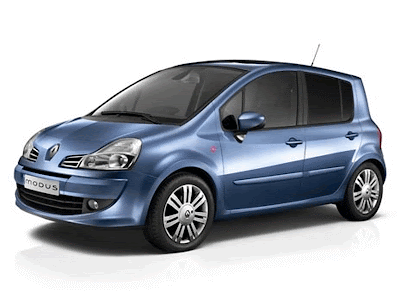Many exotic sports cars are the stuff of legend. The world's fastest car, the McLaren F1, for instance is a well-known exotic. Although only around one hundred F1s were produced and the manufacturer is not a household name (outside of the Grand Prix circuits of course), the McLarens are coveted sports cars. All exotic sports cars are highly sought after and, as status symbols, are second to none in the sports car world.
But, assuming that you can afford it, is an exotic sports car for you?
It is easy to be seduced by the allure of owning an exotic sports car. Owning one can be very tempting. Amongst the purists, the cars themselves are often considered the pinnacle of design. Any enthusiast who has the means will tell you that when an opportunity to invest in an exotic sports car presents itself, resistance can be very difficult.
One should try and be objective about the proposition though.
Before making such a major commitment, there are three factors you should consider.
Exotic Sports Cars Are Very Expense
The cost of owning such a prestigious car, does not end when you part with the initial payment. Even if one can afford the initial asking price of an exotic (and not many can), one needs to be aware of the likely ongoing running expenses , which can be significant. The maintenance and repair of an exotic car is certain to be expensive compared to non-exotic vehicles and a buyer should attempt to discover what kind of costs he or she is likely to experience in order to keep the car in running order. There can be no cost cutting on parts for these high end vehicles.
Parts for prestige cars are likely to be in short supply, if they are available at all. The likelihood that the owners of exotic sports cars will need to have some parts custom made during their ownership of the vehicle is quite high. And the cost will be significant. This is especially true of older exotics, many of which will have been orphaned when their original manufacturer stopped making cars. Not only will this prove extremely expensive, one can also expect it to be time consuming as well. And, as time passes, the necessary investment will only become greater.
Your usual mechanic cannot be expected to be able to repair exotic sports cars. You will need specialised mechanics with specialised tools to be able to ensure that appropriate and professional repairs are carried out. Not only will such individuals be, in all probability much more expensive than your usual mechanics, you would be very fortunate if you found one in your town. You should expect to have to do a lot of traveling in order to find suitable mechanical help.
All too often a sports car buff will purchase an exotic, without though to the ongoing costs, and, as a consequence be completely unprepared to handle additional future expenses. A thorough planning of expected costs and the means to meet those costs would certainly be in order.
Reliability Of High End Vehicles
Even though an exotic sports car may represent the ultimate in performance, One cannot assume that it will also be reliable. This will hold particularly true for the older 'classic' exotic cars. As with any high performance machine, exotic sports cars can be quite delicate (temperamental) which will, in all probability, require that you, or someone close to you be regularly on hand to make the adjustments to ensure that the vehicle stays in operating order. Exotic sports cars are well known for the spectacular side of their performance when they running well. However, the other side of the coin is that they are notorious for being among the most temperamental of vehicles that one may encounter.
If you plan to run an exotic sports car on a regular basis, you should be prepared for the highs and los of motoring. The sublime feeling of driving a top car with top performance can often be forgotten if the same car stops and refuses to start many miles from any assistance.
The Drivability of Exotic Cars
Most owners of high performance cars will tell you that such vehicles take 'some getting used too'. Optimum performance comes at a price, and will depend very largely on the skill of the driver. So, if you are relatively inexperienced, then please do not expect to get the best out of your car straight away. This in itself could prove too frustrating for many potentials owners. One should also take into account the relative risk of driving a high performance cars whilst still inexperienced.
For those to whom the additional cost of time in learning to drive a prestige car optimally and safely is not an issue, an additional, problem arises in the adjustment of seats and pedals for example. Small things that are irrelevant in normal cars take on much greater significance when applied to exotic sports cars.
When considering the purchase of an exotic sports car, one must look past the romance and excitement of owning a legendary vehicle. There are real concerns and obstacles to be overcome before the full enjoyment and benefit of owning such a car can be achieved.
Article Source: http://EzineArticles.com/?expert=Charlie_Cory



















 The
The 




























